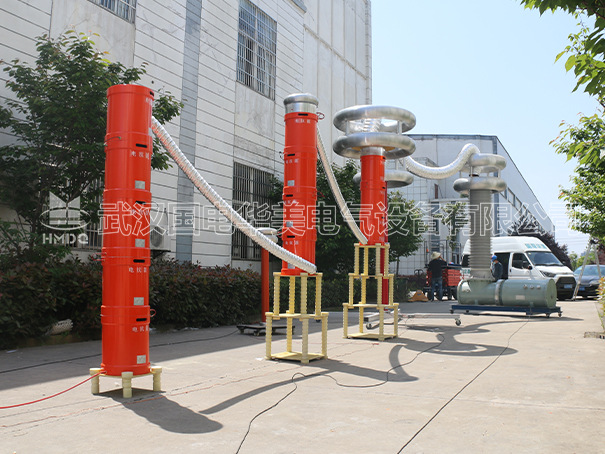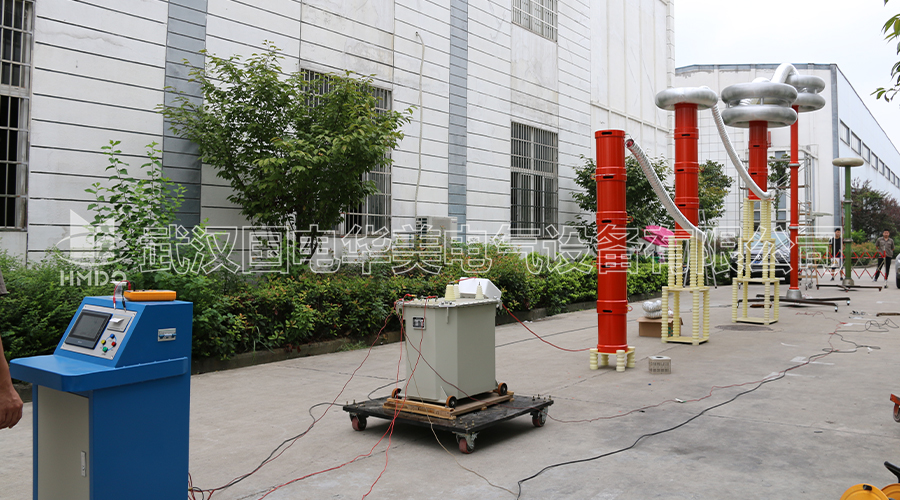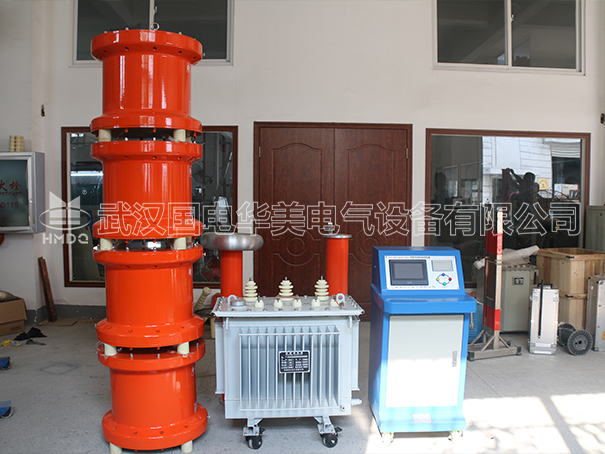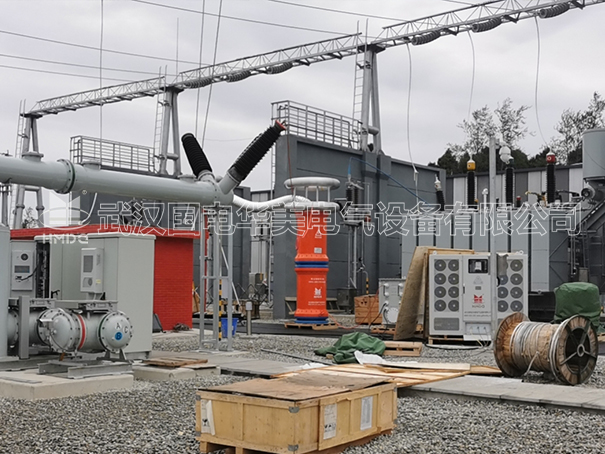What are the functions of the four major components of the AC resonance testing system

The Four Components and Their Functions in a Series Resonance Test Device
Introduction:A series resonance test device is an essential tool used in electrical engineering to measure the resonant frequency and quality factor of a circuit.This essay aims to provide an overview of the four main components of a series resonance test device and their respective functions.Understanding the roles of these components is crucial for engineers and technicians working in the field of electrical testing and measurement.
Power Supply:The power supply is a fundamental component of the series resonance test device.Its primary function is to provide a stable and controlled source of electrical energy to the circuit under test.The power supply ensures that the circuit operates at a constant voltage or current level,facilitating accurate measurements.Additionally,it must have the capability to deliver the required power to the circuit without introducing any significant noise or distortion.
Resonant Circuit:The resonant circuit is the heart of the series resonance test device.Comprising of an inductor and a capacitor,it is responsible for creating the conditions necessary for resonance to occur.The inductor stores energy in its magnetic field,while the capacitor stores energy in its electric field.Together,they form a resonant circuit that allows the flow of current to oscillate back and forth at a specific frequency.The resonant circuit determines the resonant frequency and quality factor of the circuit being tested.
Frequency Generator:The frequency generator is a critical component that generates a precise and adjustable alternating current(AC)signal to excite the resonant circuit.It produces a sinusoidal waveform at a range of frequencies,allowing the operator to sweep through different frequencies to identify the resonant frequency.The frequency generator must have a stable output and low harmonic distortion to ensure accurate measurements.It also provides the means to control the amplitude of the AC signal,which is essential for maintaining the circuit's stability during testing.
Measurement Instruments:The measurement instruments,including an oscilloscope and a multimeter,play a vital role in the series resonance test device.The oscilloscope is used to visualize the voltage and current waveforms across the circuit.It allows engineers to measure the amplitude,phase,and frequency of the signals accurately.The multimeter,on the other hand,provides precise measurements of voltage,current,and resistance.These measurements are crucial for calculating the resonant frequency and quality factor of the circuit.
Conclusion:The four components discussed above are essential for the proper functioning of a series resonance test device.The power supply ensures a stable source of electrical energy,while the resonant circuit creates the conditions necessary for resonance.The frequency generator generates the AC signal to excite the circuit,and the measurement instruments allow engineers to accurately measure and analyze the circuit's behavior.By understanding the functions of these components,electrical engineers and technicians can effectively utilize series resonance test devices to evaluate the performance of circuits and troubleshoot any issues that may arise.
Introduction:A series resonance test device is an essential tool used in electrical engineering to measure the resonant frequency and quality factor of a circuit.This essay aims to provide an overview of the four main components of a series resonance test device and their respective functions.Understanding the roles of these components is crucial for engineers and technicians working in the field of electrical testing and measurement.
Power Supply:The power supply is a fundamental component of the series resonance test device.Its primary function is to provide a stable and controlled source of electrical energy to the circuit under test.The power supply ensures that the circuit operates at a constant voltage or current level,facilitating accurate measurements.Additionally,it must have the capability to deliver the required power to the circuit without introducing any significant noise or distortion.
Resonant Circuit:The resonant circuit is the heart of the series resonance test device.Comprising of an inductor and a capacitor,it is responsible for creating the conditions necessary for resonance to occur.The inductor stores energy in its magnetic field,while the capacitor stores energy in its electric field.Together,they form a resonant circuit that allows the flow of current to oscillate back and forth at a specific frequency.The resonant circuit determines the resonant frequency and quality factor of the circuit being tested.
Frequency Generator:The frequency generator is a critical component that generates a precise and adjustable alternating current(AC)signal to excite the resonant circuit.It produces a sinusoidal waveform at a range of frequencies,allowing the operator to sweep through different frequencies to identify the resonant frequency.The frequency generator must have a stable output and low harmonic distortion to ensure accurate measurements.It also provides the means to control the amplitude of the AC signal,which is essential for maintaining the circuit's stability during testing.
Measurement Instruments:The measurement instruments,including an oscilloscope and a multimeter,play a vital role in the series resonance test device.The oscilloscope is used to visualize the voltage and current waveforms across the circuit.It allows engineers to measure the amplitude,phase,and frequency of the signals accurately.The multimeter,on the other hand,provides precise measurements of voltage,current,and resistance.These measurements are crucial for calculating the resonant frequency and quality factor of the circuit.
Conclusion:The four components discussed above are essential for the proper functioning of a series resonance test device.The power supply ensures a stable source of electrical energy,while the resonant circuit creates the conditions necessary for resonance.The frequency generator generates the AC signal to excite the circuit,and the measurement instruments allow engineers to accurately measure and analyze the circuit's behavior.By understanding the functions of these components,electrical engineers and technicians can effectively utilize series resonance test devices to evaluate the performance of circuits and troubleshoot any issues that may arise.




